Last April after attending a brief beekeeping seminar I brought our first beehive home to Timber Butte. (See Beekeeping category – Entry #68) It was my first experience with bees and I was feeling a little insecure with the new responsibility. I faithfully fed them every week with a concoction of sugar and water until the wildflowers, fruit trees and alfalfa began to bloom and relieve me of the task. Periodically I carefully cracked open the hive to see how my new little friends were doing and if it was time to add a new box of frames. By August I had not only added a second deep box, but had added two smaller supers as well. The deep boxes had to be completely filled with honey for the bees to survive the coming winter before the first shallower super boxes can be added to them. The supers provide the surplus honey that can be harvested for the beekeepers use. It took all summer and a month of the fall to fill the supers, but by the middle of October they were nearly full with rich natural raw honey. Now came another challenge; learning how to harvest and extract this sweet liquid gold.
Not knowing exactly what to do I decided to call my friend Mike Lutz who had a centrifugal extractor and who had been the guy who encouraged me to get into the bee business in the first place. Mike was game to help but between his work schedule and mine I realized it would be impossible for us to get together for at least another month. Then I remembered a series of you-tube videos my friend Ruben had forwarded to me several months before in my email entitled “Backwards Bee Keeping”. If you are at all interested in bee keeping or think you might ever be, you need to check these out.
I followed these simple instructions exactly as Kirk Anderson – aka Kirkobeeo (the guy on the video) explained and within twenty four hours was filling a couple dozen mason jars with two gallons of pure honey produced in my own back yard. I felt a real sense of pride (the good kind of pride) and had a deep appreciation for the amazing miraculous work of this one small hive of hardworking bees. I was challenged to be a good steward of my new little friends and I realized that the next task I needed to learn was how to tuck them in for a hard long Idaho winter.After pulling them up on the internet I was entertained by several short video’s that had easy to follow instructions on how to extract honey from the hive frames and how to construct an inexpensive honey separator out of three five gallon paint buckets. This by far has been the most helpful information I have found. I could explain what I did based on what I learned and provide pictures but to be honest watching the three minute video would be ten times better and a lot more fun.
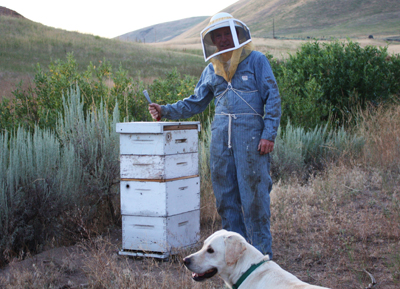
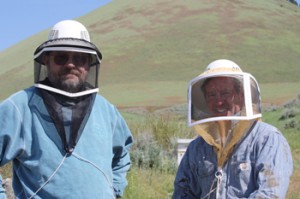
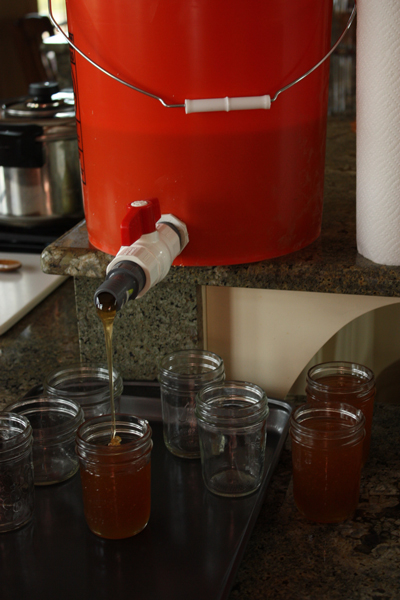
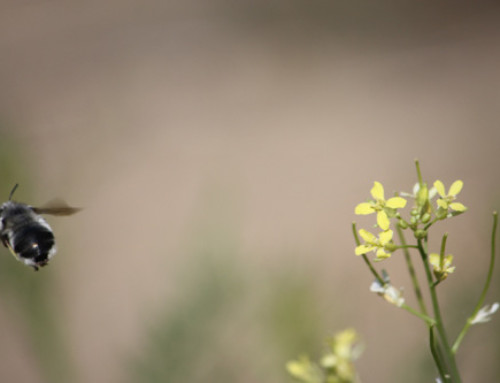
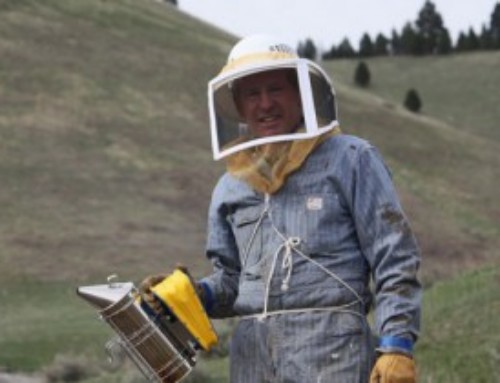
Leave A Comment
You must be logged in to post a comment.